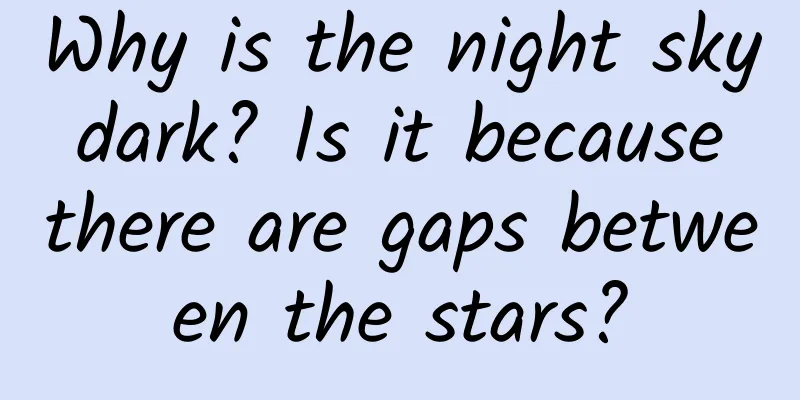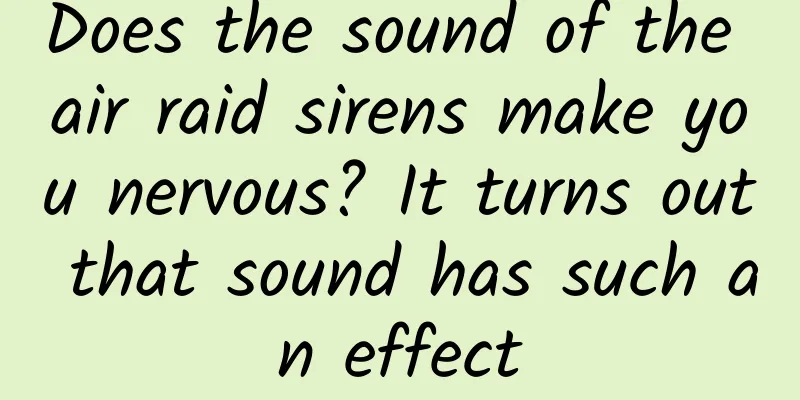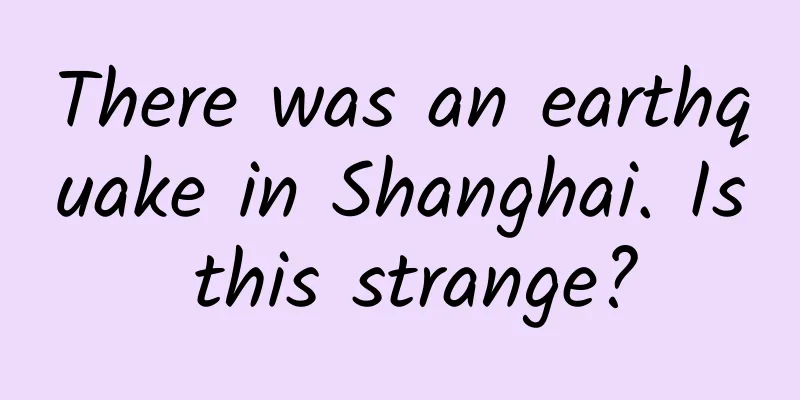Why is the night sky dark? Is it because there are gaps between the stars?

|
Previously, astronomers announced the discovery of the first wandering black hole in the Milky Way, which is only about 5,000 light-years away from Earth. The research report was published on January 31 and has not yet been peer-reviewed. When it comes to the universe, every new discovery makes us excited, and every cosmic mystery makes us curious. For example, every time we step outside our homes and look up at the night sky, we are reminded of one of the most profound questions in the entire history of science: Why is the night sky dark? Is it because there are gaps between the stars? However, if the universe stretched out to infinity and was filled with stars, then every “line of sight” looking out into space would fall on a star, and everywhere in the sky would shine brightly. So our universe cannot be both infinite and uniform at the same time. Olbers' Paradox and the Boundary of the Universe The mystery of the night sky's darkness is often referred to as the Olbers paradox, a concept popularized by 19th-century German astronomer Heinrich Olbers. Olbers is not the first person to think about this puzzle, and it is not really a paradox. The easiest way to understand this puzzle intuitively is to imagine yourself standing in a large forest. No matter which direction you look, you will see a tree. However, if we are in a small forest, we may be able to see through the gaps between the trees to the edge of the forest. Likewise, if we were in an infinite universe, then no matter which direction we looked, we would see a star. Olbers and others argued that the fact that we could see through the spaces between stars seemed to imply that there must be a so-called "edge" to the universe, beyond which there would be nothing but dark, empty space, without any stars. This reasoning would still work even if we thought about the problem in terms of galaxies rather than stars. Going back in time The first person to realize that this might not be the case was the American writer Edgar Allan Poe. In addition to his literary activities, Poe was also an avid amateur scientist. In a speech delivered in February 1848, he outlined the correct approach to solving Olbers' paradox. However, he died a year later, before his ideas were accepted by other scientists. Edgar Allan Poe, the first person to correctly understand why the night sky is dark Poe pointed out that when we look deeper into the universe, we are actually looking back in time, because it takes time for light to travel through space. When we look through the gaps between stars into the dark night sky, we are actually looking back at a stage in the universe before the formation of stars. In the words of Edgar Allan Poe, the place we look to is “so far away, that no light from it can yet reach us.” The Boundary of Time This concept only needs minor modifications to fit in with the concept of the Big Bang. The point here is that the Universe is finite in age, and although it appears to have no boundary in space, it does have a "boundary" in time (the Big Bang). When we look out through the spaces between stars and galaxies, we are really looking back to a time long before the galaxies formed. Yet modern instruments reveal that the night sky is not completely dark. What we "see" in the night sky is the cosmic microwave background radiation from the Big Bang "fireball". It was once as hot as the surface of a star, but due to the expansion of the universe, it has been redshifted and now has a temperature of only 2.735 Kelvin. The darkness of the night sky is evidence that the universe was born at a specific point in time. Humans can "see" the evidence supporting the Big Bang model with their naked eyes, or rather, the fact that we "cannot see" stars in some directions is the evidence. There are still many mysteries about the universe waiting for scientists to solve. END Editor/Heart and Paper Source: Tadpole Musical Notation |
<<: More than just sleepwalking! Here are some weird things about sleep
>>: Why are we so easily deceived?
Recommend
The efficacy and function of small leaf black face leaf
Although Western medicine and Western drugs are m...
We cannot enter the "forbidden zone of life", but they live tenaciously here
In nature, there are some environments where ordi...
Wild Ophiopogon japonicus pictures
As people's awareness of health and wellness ...
The efficacy and function of Paris polyphylla[picture]
Most Chinese medicinal materials have good effect...
"Space Express" is delivered! The launch of Tianzhou-7 was a complete success
At 22:27 on January 17, the Long March 7 Yao-8 ca...
Is white poria toxic?
We know that white Poria cocos is an important me...
How serious is China’s potassium deficiency?
We often hear that China feeds 20% of the world&#...
State Post Bureau: During the 2024 Spring Festival holiday, 641 million express parcels were delivered nationwide, an increase of 82.1% year-on-year
The State Post Bureau released the test data duri...
What do Yuanjiang River and Wuling Mountains mean to eastern Hunan?
As we all know, the Xiangjiang River is the large...
Frost Descent | Why does frost-bitten cabbage taste better?
=================================================...
What scientific mysteries are hidden behind the “rare treasure helium element” on Earth?
Produced by: Science Popularization China Author:...
The efficacy and function of rectangular leaf thorn
Modern medical research believes that the rectang...
Chinese patent medicine for promoting body fluid, nourishing yin and reducing fire
As the pace of life continues to accelerate, many...
Countdown to the "Three Tests": The "Three Musts" of Scientific Diet
The countdown to the 2023 National College Entran...
Can Cordyceps sinensis be chewed?
Cordyceps sinensis is a Chinese herbal medicine, ...









